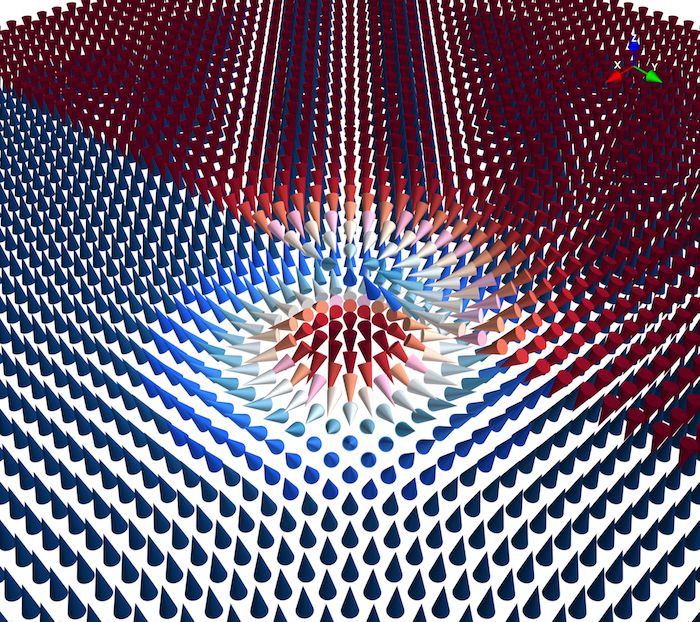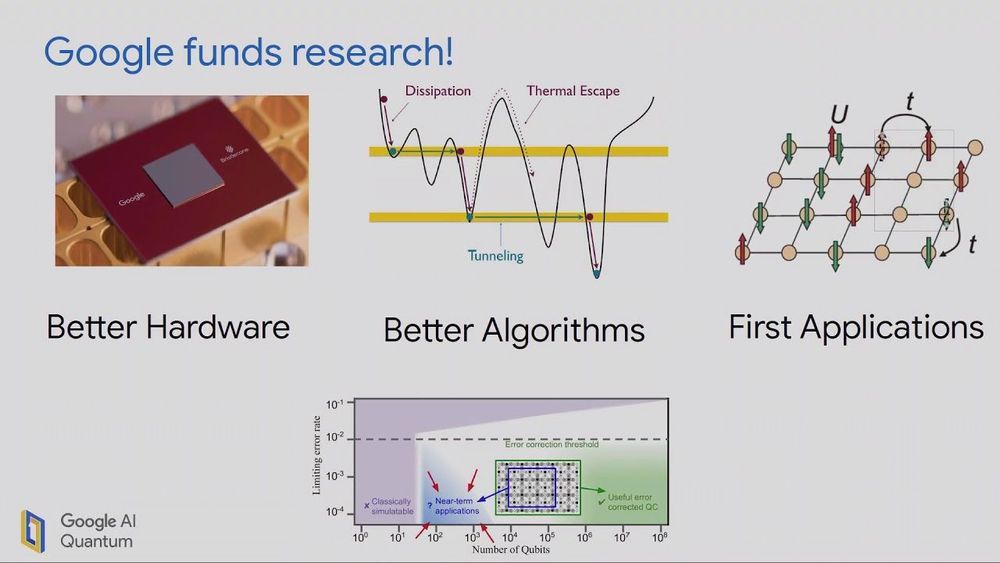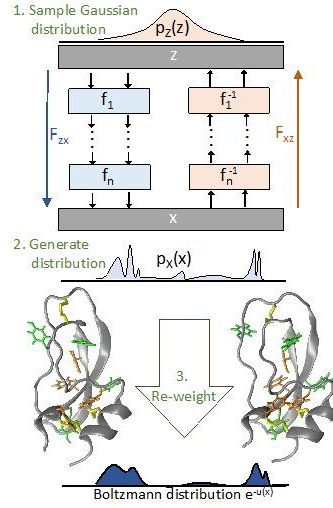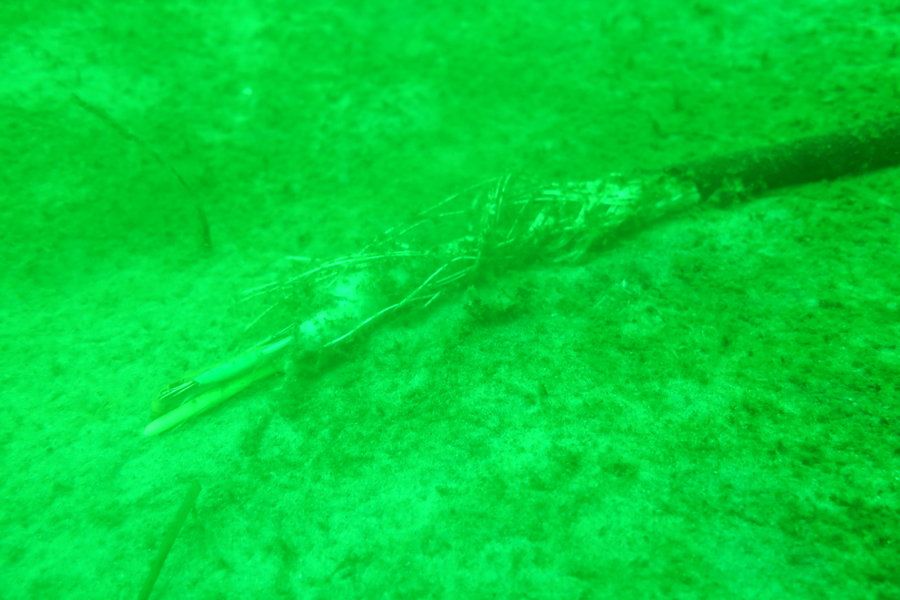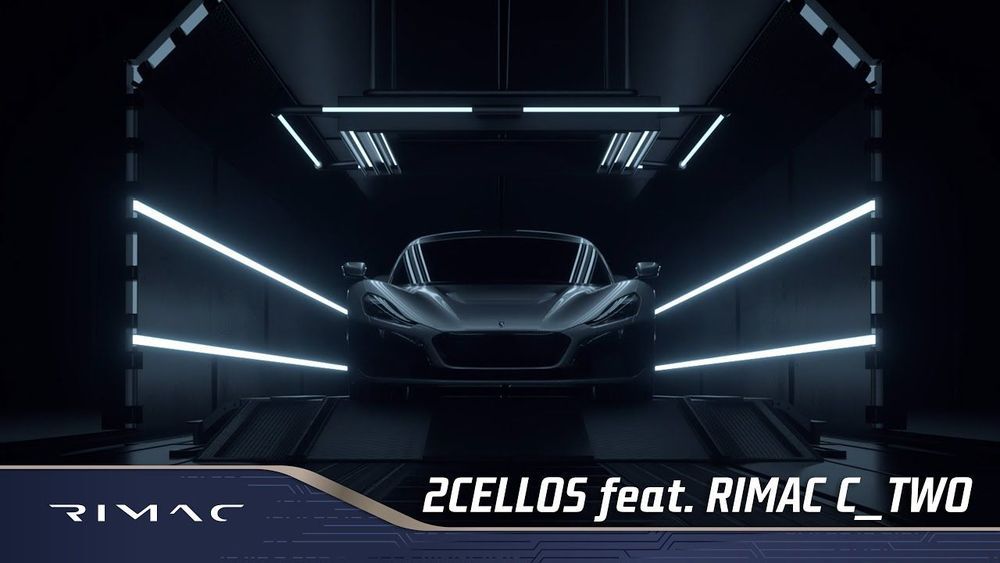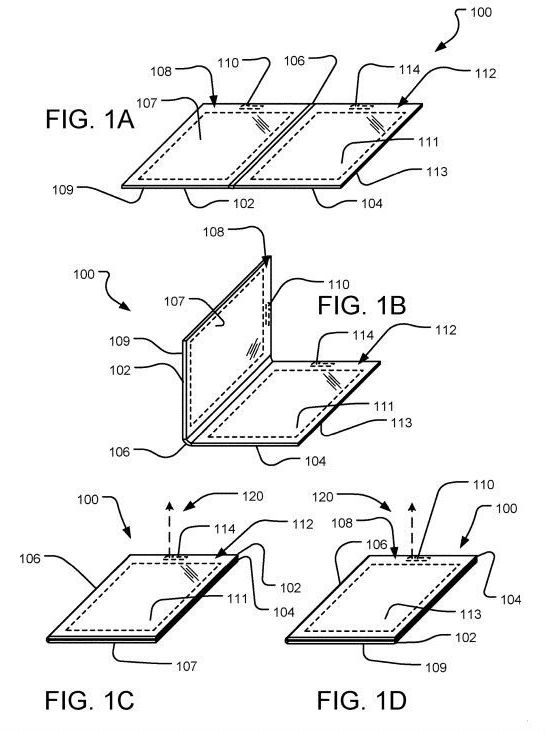Sep 8, 2019
Synthetic antiferromagnets host room-temperature skyrmions
Posted by Genevieve Klien in categories: particle physics, transportation
Researchers have succeeded in stabilizing antiferromagnetic skyrmions in an ordinary material system at room temperature for the first time. The new result will be important for future real-world applications that make use of these tiny magnetic particle objects.
Magnetic skyrmions are quasiparticle magnetic spin configurations with a swirling vortex-like structure. They can be thought of as 2D knots (or “spin textures”) in which the magnetic moments rotate about 360° within a plane. They were first discovered about ten years ago in non-centrosymmetric manganese-silicon and cobalt-iron-silicon crystals, but they are now known to occur in a wide range of materials, including ultra-thin magnetic multilayers, which are much more compatible with potential future applications.
Magnetic skyrmions could be used as storage bits in next-generation memories that have a much higher density than today’s disk drives thanks to their small size and the fact that they can be efficiently controlled with spin currents. They are also robust to external perturbations.
